Astrophysics
-
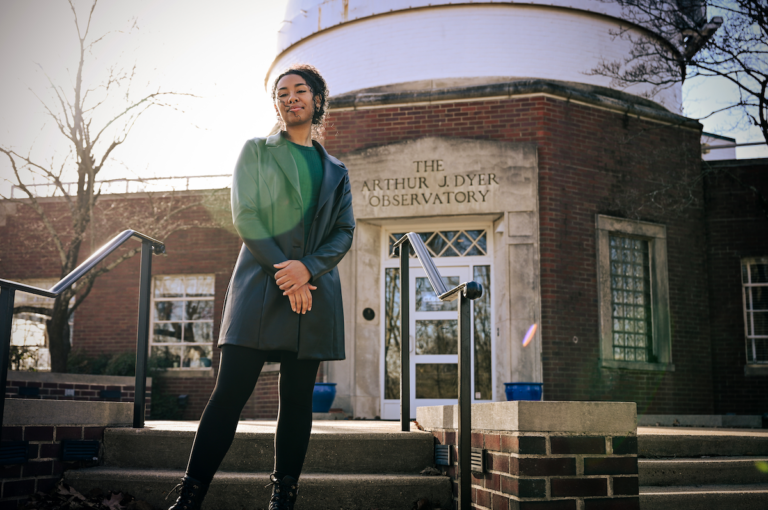
Bridging the gap: Combining music and astrophysics to improve representation in science
Vanderbilt graduate student Shaniya Jarrett created a community outreach project that introduces Black girls to astronomy by incorporating music. AstroBeats: Sounds of the Cosmos brings together local middle-school Black girls to translate NASA data into unique musical compositions, teaching the importance of thinking creatively about how to interpret scientific data. Read MoreFeb 29, 2024
-
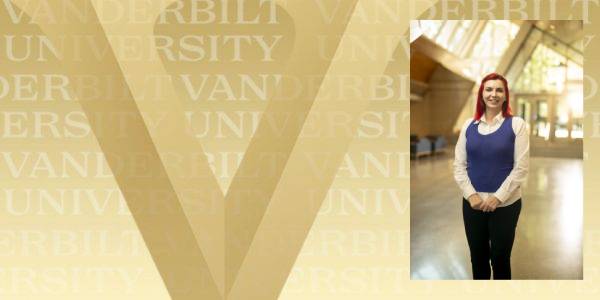
From Scaling Success to NSF: Vanderbilt, Fisk create winning formula in multi-messenger astronomy
The Fisk-Vanderbilt Master’s-to-Ph.D. Bridge Program, emphasizing multi-messenger astronomy, utilized strategic funding from a Scaling Success Internal Award to secure a $1.7 million NSF grant. This collaborative journey, focusing on inclusive STEM education and innovative training approaches, highlights the power of adaptability and vision in research endeavors. Read MoreOct 12, 2023
-
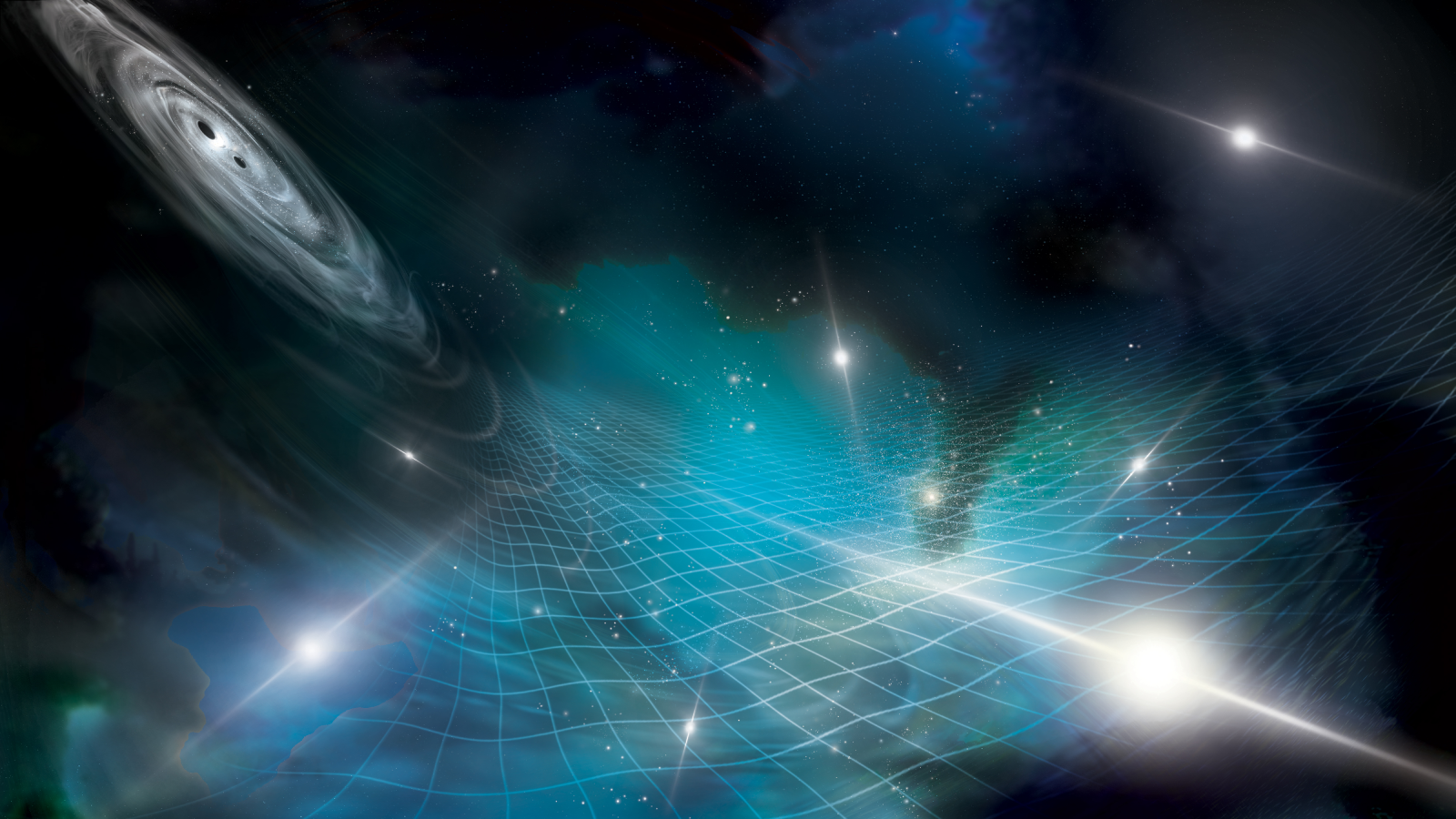
Scientists led by Vanderbilt astronomer Stephen Taylor use exotic stars to tune in to ‘hum’ from cosmic symphony
Led by Stephen Taylor, assistant professor of physics and astronomy, a collaborative effort across 88 institutions has identified evidence of slowly undulating gravitational waves passing through our galaxy. Read MoreJun 28, 2023
-

Grant helps Vanderbilt-Fisk partnership build first-ever U.S. graduate certificate course in multi-messenger astronomy
The Fisk-Vanderbilt Master’s-to-Ph.D. Bridge Program, a partnership to create equitable pathways to STEM, has been awarded a Sloan Foundation grant for the first U.S. graduate certificate course in multi-messenger astronomy. Read MoreMar 3, 2023
-
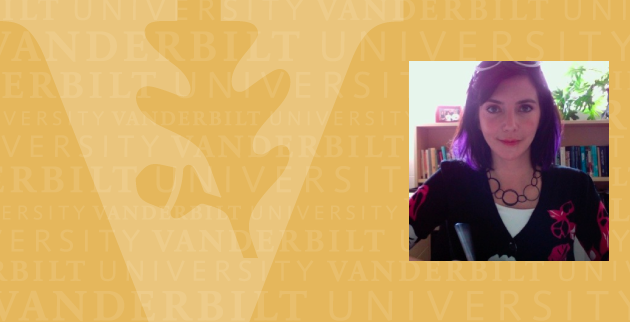
Kelly Holley-Bockelmann receives Mentor Award from the American Association for the Advancement of Science for contributions to science and society
Kelly Holley-Bockelmann, Stevenson Professor of Astrophysics, has received the 2022 Mentor Award from the American Association for the Advancement of Science. The award is for individuals who have mentored significant numbers of underrepresented students who are working toward doctorates in STEM. Read MoreFeb 9, 2022
-
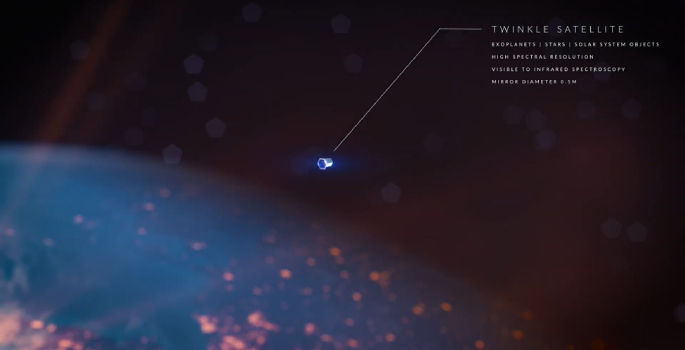
Vanderbilt astronomer co-authors seminal roadmap for the next decade of U.S. research in outer space
Keivan Stassun joins leading astronomers to write "Astro2020," a once-in-a-decade guide for astronomy research, prioritizing gargantuan telescopes on the ground and in orbit as well as increased diversity and inclusion. Read MoreNov 15, 2021
-
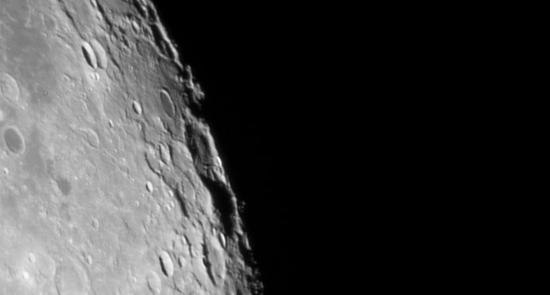
Vanderbilt astrophysicist leads international workshop to turn plans for a crewed lunar observatory into reality
Karan Jani, research assistant professor of physics and astronomy, convened experts from around the world at the European Gravitational Observatory in Italy to further explore the possibility of detecting gravitational waves on the moon. Read MoreOct 25, 2021
-
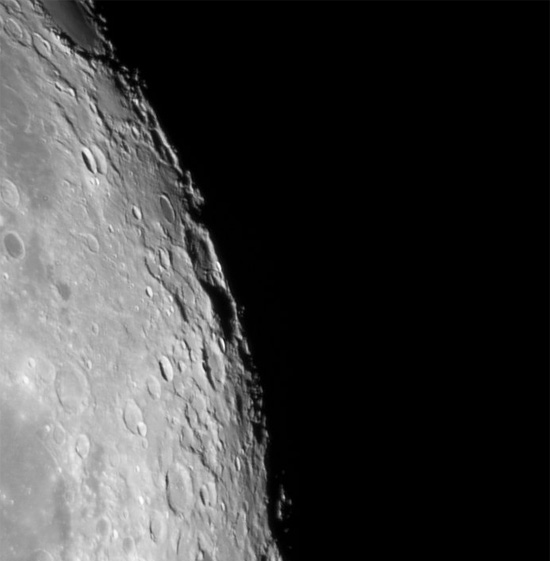
Research Snapshot: Astrophysicist outlines ambitious plans for the first gravitational wave observatory on the moon
Not a moonshot: Karan Jani explores possibility of lunar observatory to better understand fundamental physics, astronomy and cosmology Est. reading time: 2 mins. Read MoreJul 21, 2021
-
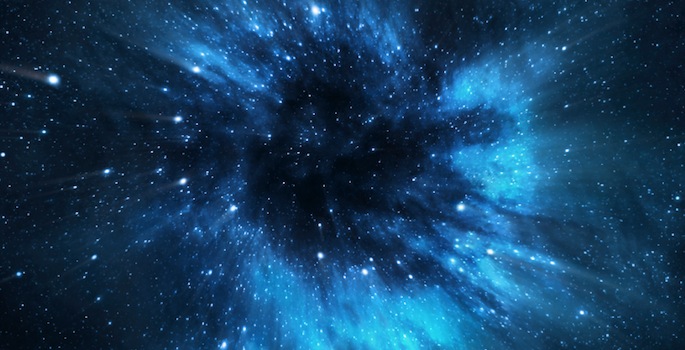
Research Snapshot: Astrophysicists prepare for age of multimessenger astronomy; build galaxy catalog to study black holes
Led by Vanderbilt astrophysicists, researchers work with data from thousands of galaxies to investigate the origins and physics of black hole binaries in nearby galaxies. Est. reading time: 2 mins. Read MoreJun 23, 2021
-
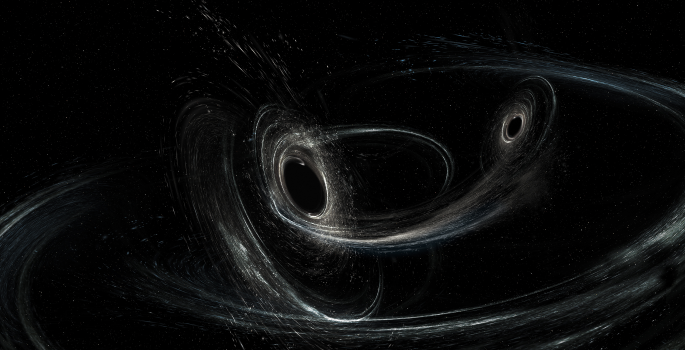
Research Snapshot: Vanderbilt astronomers lead preparation for supermassive black hole analysis
Vanderbilt astronomers lead group that created the roadmap for studying supermassive black holes after detecting the low-frequency gravitational waves they create. Est. reading time: 2 mins. Read MoreMay 7, 2021
-
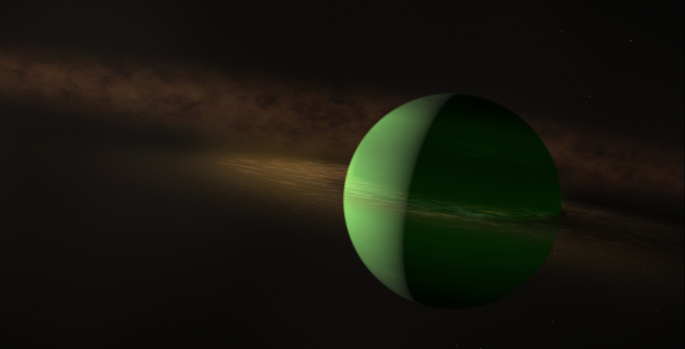
Vanderbilt astronomers among NASA’s TESS Mission team to discover a rare newly formed planet
Stars mapped out by Vanderbilt astronomers for exploration by NASA’s Transiting Exoplanet Survey Satellite mission and recently decommissioned Spitzer Space Telescope have led to the discovery of AU Mic b, a newly formed Neptune-like exoplanet located a relatively short 31.9 light-years away. Read MoreJun 24, 2020
-

New grant helps minority STEM scholars advance as postdocs
With support from the Heising-Simons Foundation, Vanderbilt will help advance underrepresented minority astrophysics scholars to secure faculty appointments with elite postdoctoral fellowships. Read MoreApr 8, 2020
-

How many stars eventually collide as black holes? The universe has a budget for that.
A promising new study developed by one Vanderbilt astrophysicist may give us a method for finding the number of available stars in the history of the universe that collide as binary black holes. Read MoreJan 31, 2020
-
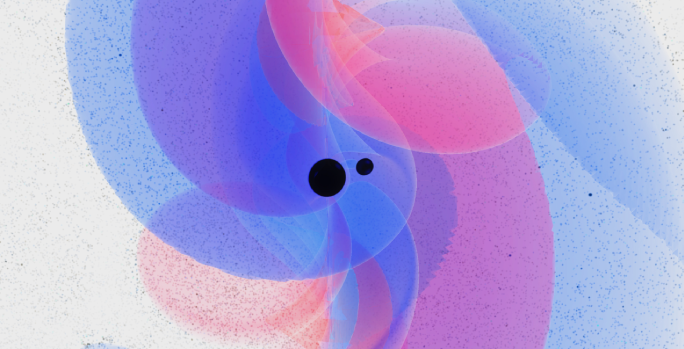
Here’s how a Vanderbilt astrophysicist plans to observe a black hole ‘symphony’ using gravitational wave astronomy
New research led by Vanderbilt astrophysicist Karan Jani presents a compelling roadmap for capturing intermediate-mass black hole activity. Read MoreNov 18, 2019
-
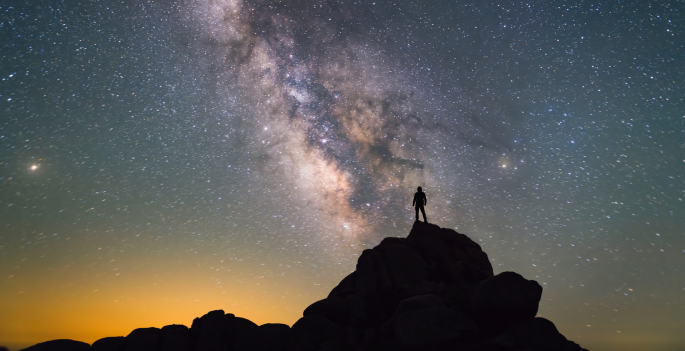
National Academies committee including Vanderbilt astrophysicist publishes review of latest NASA Science Plan
An astrophysicist at Vanderbilt is part of the committee behind a review of NASA’s updated Science Plan, a five-year strategic roadmap for NASA’s Science Mission Directorate. Read MoreOct 18, 2019
-

Consider the Martians: Scientists need to confirm whether life exists on Mars before sending humans
Before we go further and send humans to Mars, we need to know if doing so could trigger the extinction of existing life on the planet, writes Professor of Astronomy David Weintraub. Read MoreSep 6, 2018
-
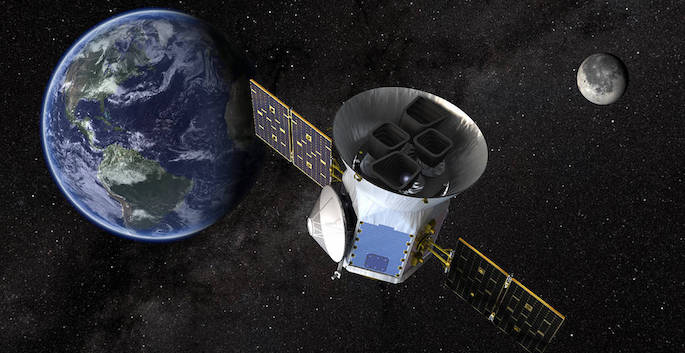
NASA’s TESS mission to discover new worlds will use a map developed at Vanderbilt
Vanderbilt’s Keivan Stassun serves as a deputy principal investigator on the mission and is tasked with identifying the most promising stars to target in its search for habitable nearby planets. Read MoreApr 16, 2018
-
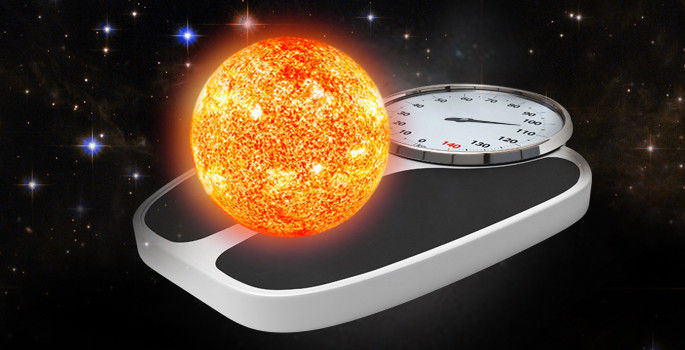
Better way to weigh millions of solitary stars
Astronomers have come up with a new and improved method for measuring the masses of millions of solitary stars, especially those with planetary systems. Read MoreDec 14, 2017
-
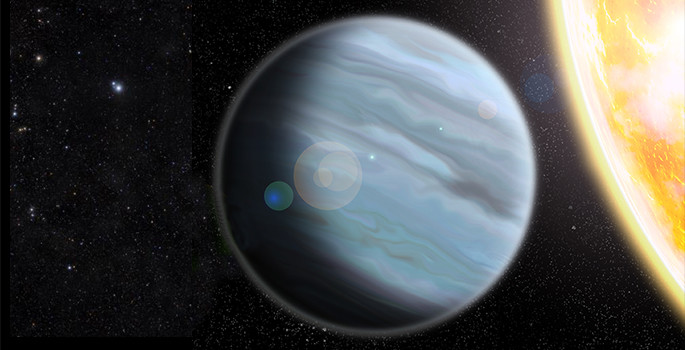
Puffy planet provides opportunity for testing alien worlds for signs of life
Astronomers from Vanderbilt, Lehigh and Ohio State universities have discovered a “puffy planet" with the density of Styrofoam that is an excellent test-bed for probing exoplanets for signs of life. Read MoreMay 18, 2017
-

Physics colloquium: From exoplanets to personalizing clothing
Data scientist Dave Spiegel presents a physics and astronomy colloquium, “From Exo-Worlds to Health Monitoring to Clothing Personalization,” Dec. 8. Read MoreDec 1, 2016